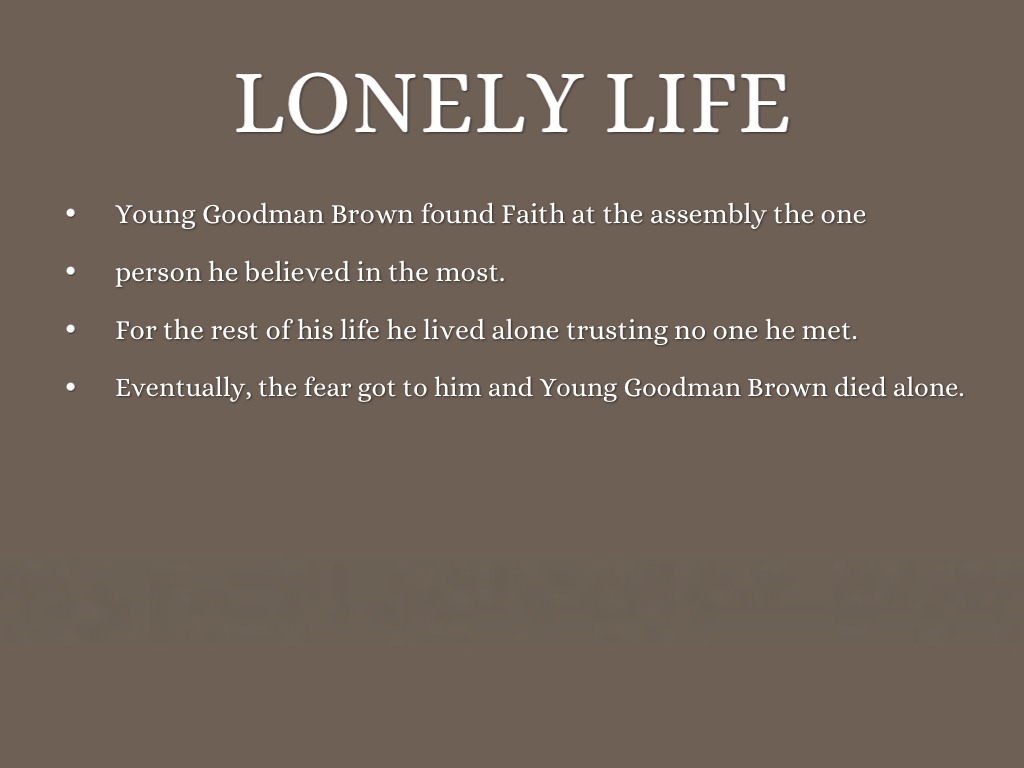In a world where social interactions are often driven by underlying emotions and motives, the concept of dry begging psychology emerges as a fascinating subject. This psychological phenomenon captivates those who seek to understand the nuances of human behavior and communication. By examining the nuances of dry begging, we can uncover the subtle ways individuals seek attention, validation, or support without directly asking for help. It’s important to recognize that dry begging isn't just about a lack of direct requests; it’s about the emotional undercurrents that drive these behaviors and the contexts in which they flourish.
Dry begging often manifests in social settings, particularly on social media platforms where individuals share their struggles or hardships in a manner that elicits sympathy without explicitly requesting assistance. This behavior can lead to complex interactions, prompting us to consider the motives behind such actions. As we delve deeper into the intricacies of this phenomenon, we will explore its implications for our personal relationships, mental health, and societal norms.
By understanding what is dry begging psychology, we can gain insight into our own behaviors and the behaviors of those around us. This awareness can foster healthier communication and help us navigate the often murky waters of human interaction. In this article, we’ll explore the definition, implications, and psychological aspects of dry begging, providing a comprehensive overview of its role in modern society.
What is Dry Begging Psychology?
Dry begging psychology refers to the subtle tactics individuals use to elicit sympathy, support, or attention without making a direct request for help. This behavior can often be seen in various social contexts, where the individual shares their struggles, thoughts, or feelings in a way that prompts others to offer assistance or reassurance. It is important to note that this form of communication is often unintentional and may stem from deeper psychological needs.
How Does Dry Begging Manifest in Social Media?
In the realm of social media, dry begging can take many forms. Some examples include:
- Vague posts about personal struggles without specific requests for help.
- Sharing emotional stories that invite sympathy from friends and followers.
- Posting about financial difficulties while still showcasing a desire for social outings or events.
These behaviors can create a complex web of interactions, where individuals may feel compelled to respond to the underlying emotional cues without a clear understanding of the actual need for assistance.
What Are the Psychological Roots of Dry Begging?
To fully comprehend what is dry begging psychology, one must consider the underlying psychological factors that contribute to this behavior. Some potential roots include:
- Low self-esteem: Individuals may feel unworthy or inadequate, prompting them to seek validation through indirect means.
- Fear of rejection: The fear of directly asking for help may lead individuals to resort to dry begging instead.
- Desire for connection: Many people crave emotional support but may struggle to articulate their needs directly.
Why Do People Engage in Dry Begging?
The motivations behind dry begging can be varied and complex. Understanding why individuals engage in this behavior can shed light on the psychological mechanisms at play. Some common reasons include:
- Seeking validation: Individuals may want reassurance from others about their circumstances.
- Testing the waters: Some may want to gauge how those around them feel about their situation before making a more direct request.
- Creating a sense of community: By sharing struggles, individuals may hope to foster connections with others who have faced similar challenges.
What Are the Consequences of Dry Begging Psychology?
While dry begging may seem harmless, it can lead to various consequences for both the individual and their relationships. Some potential outcomes include:
- Miscommunication: Friends and family may misinterpret the individual's intentions, leading to feelings of frustration or confusion.
- Emotional exhaustion: Constantly seeking validation can drain emotional resources for both the individual and those around them.
- Strained relationships: If individuals feel their needs are consistently overlooked, it can lead to resentment and distance in relationships.
How Can Individuals Address Dry Begging Tendencies?
Recognizing and addressing dry begging tendencies can lead to healthier communication patterns and relationships. Here are some strategies individuals can use:
- Self-reflection: Understanding one’s motivations for dry begging can help in addressing these behaviors.
- Direct communication: Practicing clear and honest requests for support can lead to more fulfilling interactions.
- Building self-esteem: Engaging in activities that foster self-worth can reduce the need for external validation.
Can Dry Begging Be Considered Manipulative?
While some may view dry begging as a form of manipulation, it is essential to consider the context and intentions behind the behavior. Many individuals who engage in dry begging do so out of a genuine desire for connection rather than a calculated attempt to manipulate others. Understanding the psychological roots of this behavior can promote empathy and compassion, leading to more constructive conversations about needs and emotional support.
Conclusion: Understanding and Navigating Dry Begging Psychology
In conclusion, what is dry begging psychology reveals the complex interplay between emotional needs, social dynamics, and interpersonal communication. By exploring the motivations and implications of this behavior, we can foster healthier relationships and encourage more open dialogues about our emotional needs. Recognizing and addressing dry begging can pave the way for more direct and authentic connections, ultimately leading to stronger bonds and mutual support.




